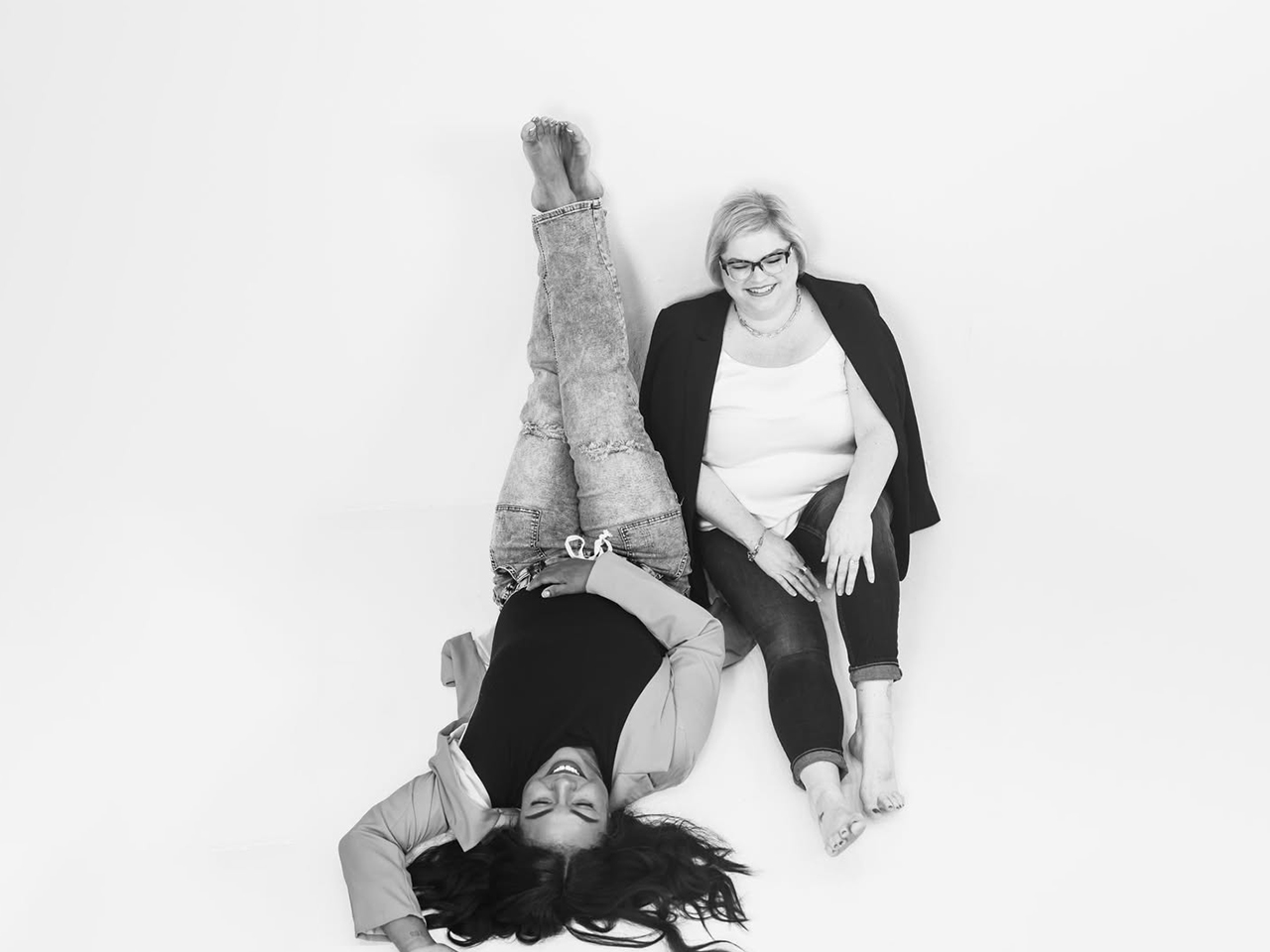
This weekend, UCB proudly hosts its second annual HS Summit at our Atlanta campus, uniting over 100 patients, caregivers, advocacy leaders, and dermatology healthcare providers. The event is a crucial step in raising awareness and deepening understanding of hidradenitis suppurativa (HS), a chronic inflammatory skin condition affecting approximately 1 in 100 people (1%) in most studied countries.1-3 We’re proud to highlight two remarkable voices from the summit, Brindley and Cydney, who will share their insights on challenging misconceptions, reducing stigma, and harnessing the power of community support to improve the HS journey.4-5
Visit us on UCB U.S. Facebook and Instagram channels to see more on the HS Summit!
Q: Brindley, as a patient and advocate, what misconceptions about HS do you encounter and, more importantly, how do you handle them?
Brindley: As an HS patient myself, and having two daughters who also live with HS, we've faced nearly every misconception imaginable about the condition. The most prevalent misunderstandings include the beliefs that HS results from poor hygiene, is solely linked to weight or smoking, affects only certain races or ethnicities, impacts only women, or is caused by something the patient is doing wrong. None of these things are true, and the most important thing to remember is that your HS is not your fault. I was determined to prevent my daughters from carrying the burden and shame associated with HS, so I committed myself to ensuring they wouldn't have to endure what I did. Living with HS is challenging—emotionally, physically, and socially—and it can affect every aspect of life. Simply working on understanding that your HS is not your fault is the best way to start overcoming the common misconceptions.
Q: Cydney, why is HS often misunderstood, and how can open dialogue help reduce stigma?
Cydney: Living with HS often means facing misconceptions about the condition. The lack of transparent discussions about its symptoms and the emotional toll it takes can make it feel like an invisible struggle. By sharing my personal story through various channels, such as Instagram, TikTok, and YouTube, I aim to break down barriers of ignorance, reduce stigma, and foster empathy. Ultimately, my goal is to create a more inclusive environment where those affected by HS feel heard, seen, and understood.
Q: Brindley, how crucial is community support for HS patients, and what resources do you recommend?
Brindley: Support means everything when you’re living with HS. Being part of a compassionate, understanding community can make all the difference. Events like UCB’s HS Summit are invaluable as they connect patients, caregivers, advocacy leaders, and healthcare providers, fostering a space where we can share experiences and learn from one another. For additional resources on HS and mental health support, check out HS Connect. You're not alone on this journey — there's a whole community here to support you.
Q: Cydney, what are your hopes for the future of HS awareness, and how do you feel the HS Summit makes an impact on the community?
Cydney: I envision a future where HS is understood with empathy and continuous, comprehensive research, leading to better lives for us all. The HS Summit is a special space where I feel seen and valued, connecting with others who share my journey and learning from healthcare professionals who are committed to hearing our voices and meeting our needs. Initiatives like the summit are critical to building a more informed, compassionate, and empowered HS community.
At UCB, we understand that meaningful change extends far beyond just one event. The HS Summit is more than just a gathering; it's a powerful movement dedicated to raising awareness and offering steadfast support for those living with HS. Through open dialogue, shared experiences, and collaborative efforts, we aim to deepen our understanding and drive impactful change. Together, we can continue to make a lasting difference in the HS community.
References
- Jemec GBE. Clinical practice. Hidradenitis suppurativa. N Engl J Med. 2012;366(2):158–64.
- Sabat R, Jemec GBE, Matusiak L, et al. Hidradenitis suppurativa. Nat Rev Dis Primers. 2020;6(1):18.
- Ingram JR. The epidemiology of hidradenitis suppurativa. Br J Dermatol. 2020;183(6):990-98. doi:10.1111/bjd.19435. Epub 2020 Sep 3. PMID: 32880911.
- Koumaki D, Efthymiou O, Bozi E, et al. Perspectives on perceived stigma and self-stigma in patients with hidradenitis suppurativa. Clin Cosmet Investig Dermatol. 2019;12:785–90.
- Shukla N, Paul M, Halley M, et al. Identifying barriers to care and research in hidradenitis suppurativa: findings from a patient engagement event. Br J Dermatol. 2020;182(6):1490-2. doi:10.1111/bjd.18818.
©2025 UCB, Inc., Smyrna, GA 30080. All rights reserved.
Date of preparation: August 2025
US-BK-2500944
Choose Country
- Global Site – English
- Australia – English
- België – Engels
- Belgique – Anglais
- Brasil – Português
- България – Български
- Canada – English
- Canada – Français
- 中国 – 中文
- Česká Republika – Angličtina
- Danmark – Engelsk
- Deutschland – Deutsch
- France – Français
- España – Español
- Ελλάδα – Ελληνικά
- India – English
- Ireland – English
- Italia – Inglese
- 日本 – 日本語
- Казахстан – ағылшын тілі
- 한국 – 한국어
- Luxembourg – Anglais
- Luxemburg – Engels
- Magyarország – Angol
- México & Latinoamérica – Español
- Nederland – Engels
- New Zeeland – English
- Norge – Engelsk
- Österreich – Deutsch
- Polska – Polski
- Portugal – Inglês
- România – Engleză
- Россия – Русский
- Slovensko – Anglický
- Suomi – Englanti
- Sverige – Engelska
- Schweiz – Deutsch
- Suisse – Français
- Türkiye – Türkçe
- Україна – Англійська
- United Kingdom – English
- U.S.A. – English


